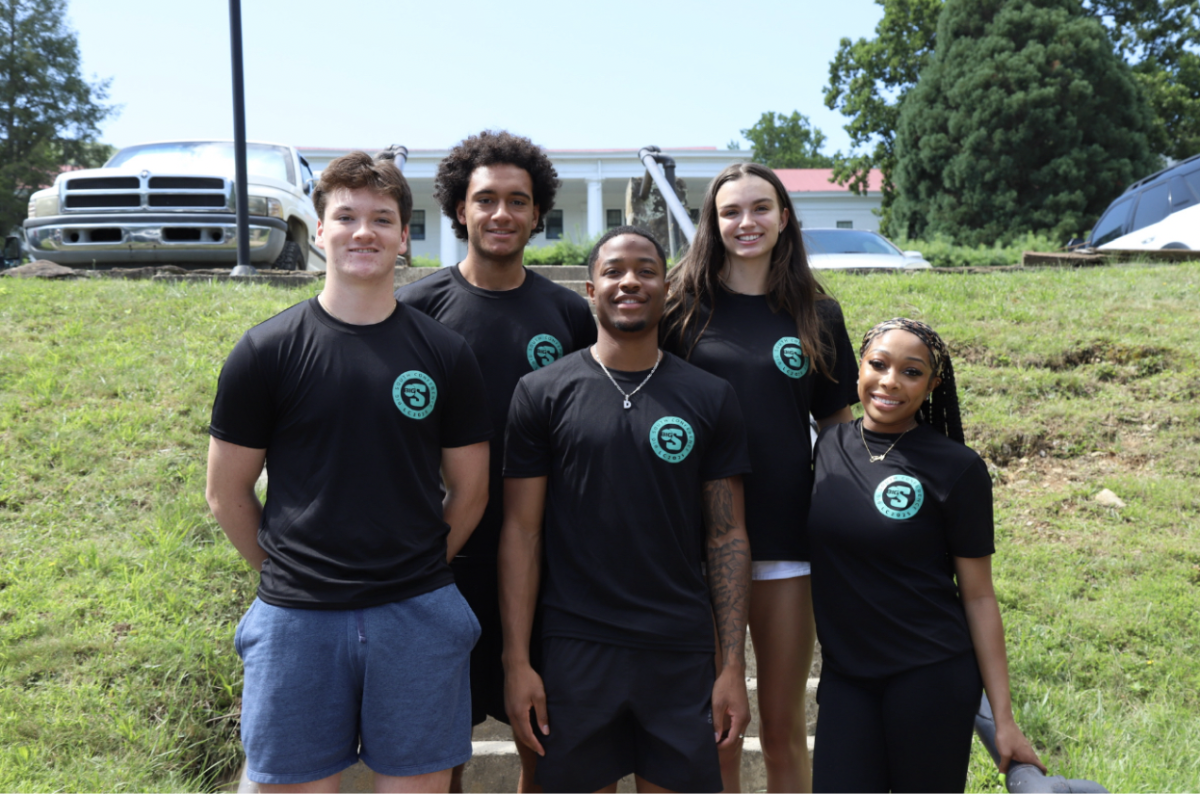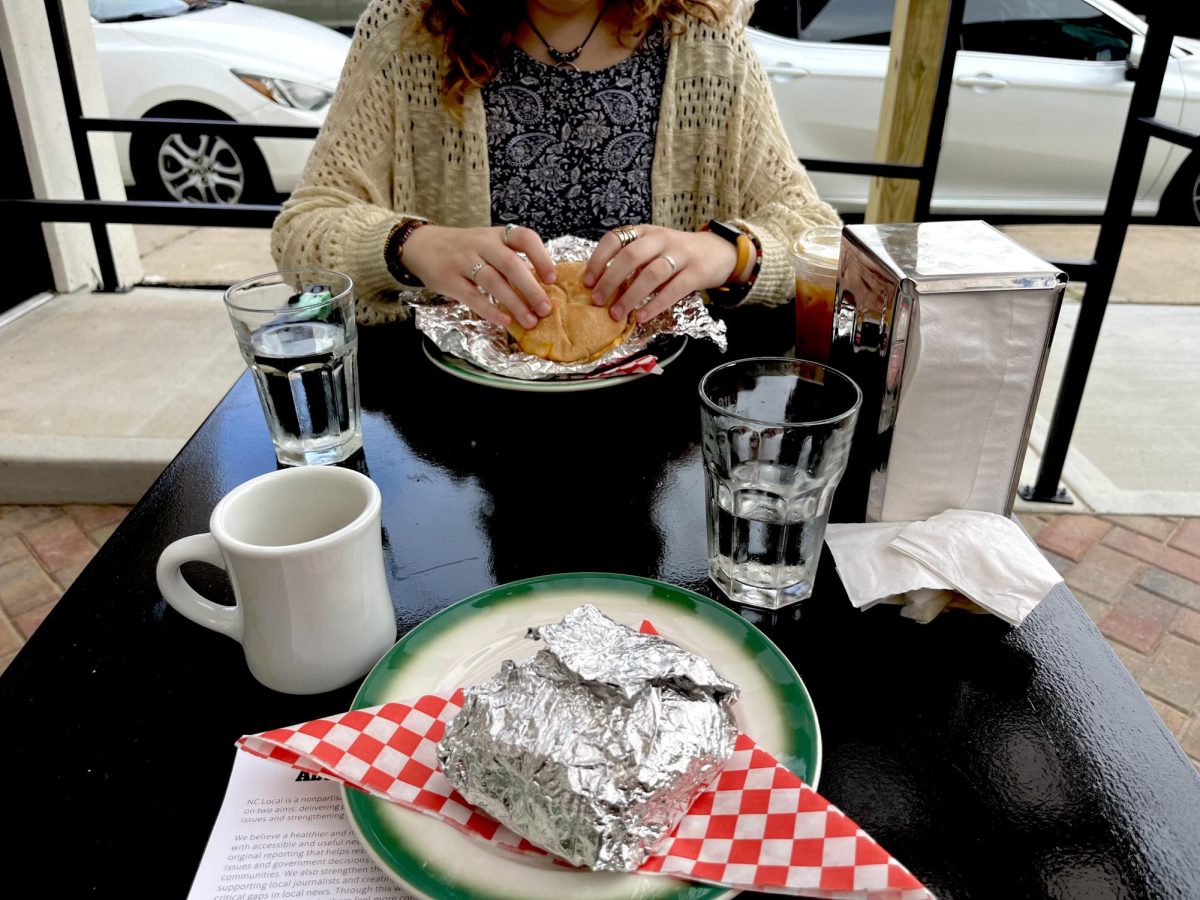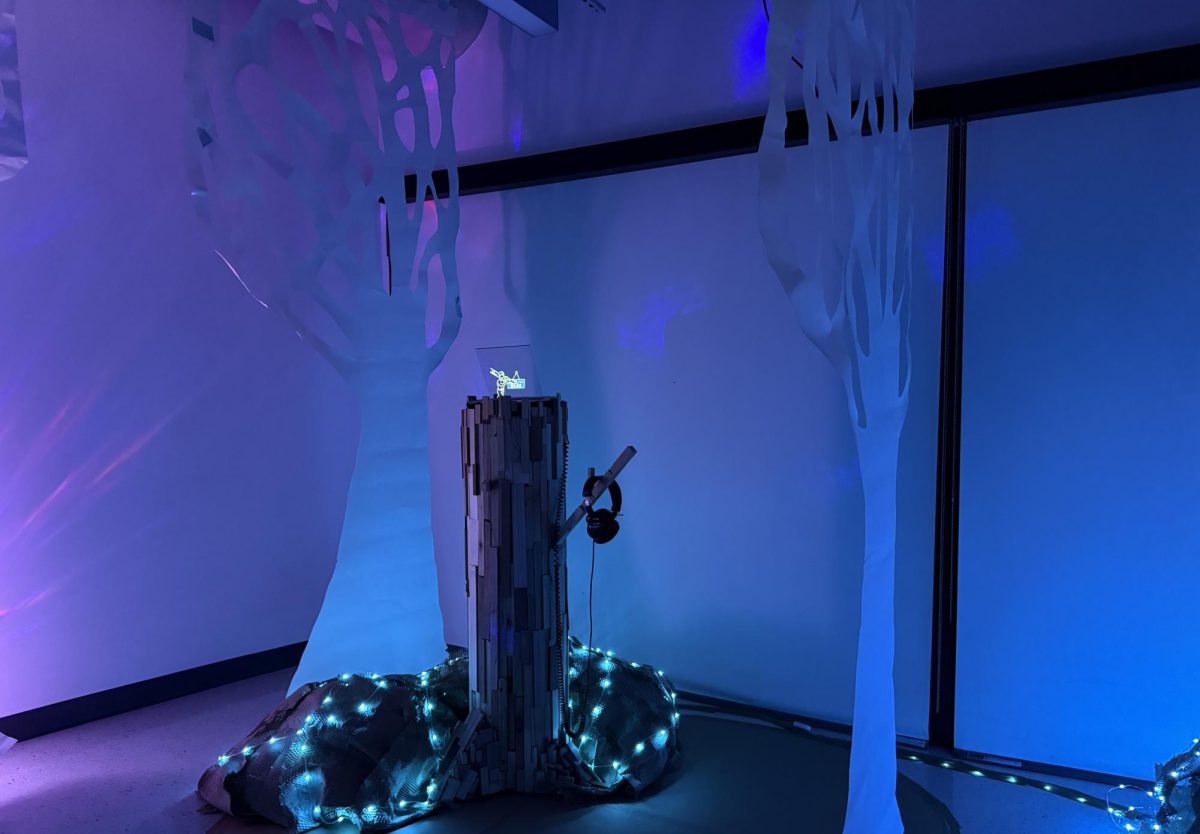Cassidy O’Neil
Arts & Features Writer

These are the latest COVID numbers for the UNC Asheville campus, for more up to date numbers visit our Instagram, @uncabluebanner.
From the start of the pandemic, schools like Duke, ECU and Chapel Hill were practically doomed with high case numbers forcing the closing of in-person activities and academics almost immediately. On the other hand, UNC Asheville was progressive in taking precautions to keep their students safe without shutting everything down, offering mostly online and a few in-person classes, ending the first semester with only 36 cases of COVID-19.
UNCA was so successful in reducing case numbers during the fall semester, they greenlit returning students back to in-person classes prior to the first vaccine rollout. Since then, the question of whether the university made the right call is on the mind of students, parents and professors alike.
While some agree that things should proceed as normal, others feel like they might have jumped the gun.
From UNCA Director of Health & Counseling Jay Cutspec’s perspective, they believed that last semester’s low numbers came back for the spring.
“We knew that we did a pretty good job in the fall given our number of cases and we performed really well and so I think that it was reasonable to come back because I think that we found out that our students are very resilient,” Cutspec said.
For many students, the answer became clear on Feb. 10 as after only three weeks of being back on campus, UNCA surpassed last semester’s entire COVID-19 case total. Since then, the number has only continued to rise, reaching 42 cases as of Feb. 11. With vaccines still not widely available for college students, the threat of virus variants and no plateau in positive cases on the horizon has caused many students to worry.
“I personally think we need to go fully online again. I know it’s not what people want, but we need to start taking accountability for our actions and protecting our community,” senior Dee Dee Weiner said.
Several students have the same sentiment as Weiner, that they’d rather take a less favorable option in exchange for their safety.
“I hate online classes but it’s what’s necessary right now,” junior Carly Juve said.
Cutspec said in-person classes present little danger to students as long as they follow strict precautions such as wearing masks and social distancing.
“What we learned over winter break is that there isn’t a lot of indication that the virus is transmitted via the classroom, and that information is national data, not UNCA data,” Cutspec said.
Besides returning to fully online classes, other suggestions from the student body include air purifiers in classrooms, opening windows and doors to allow fresh air to flow and 100 percent mandatory takeout from on-campus dining locations. The latter being one of the most popular responses because, although social distancing is mandated, many still feel at risk while dining.
However, the university set up a to-go plan, in place since the beginning of the year, that they feel confident will keep students safe.
“I go to Highsmith and Brown everyday, so I’m sure that in terms of staffing and creating an environment where you can maintain a 6 feet distance, that you can go about and eat at Highsmith safely and the university has spared no expense,” Cutspec said.
Cutspec said the university values the majority’s safety over the minority.
“We can’t control 100 percent of students’ behavior so I think generally our students have been very compliant and considerate of others. Does that mean we all are 100 percent compliant? No. Does that mean there are certain students who may not follow the rules? Of course. But I think generally the university has done a great job at creating an environment where students can be safe,” Cutspec said.
UNCA has also claimed to increase testing this semester. Prior to returning to campus, resident students went through mandatory entrance testing, surveillance testing every week as well as pre-screenings for opposing athletic teams before facing off against the Bulldogs. With more testing comes more positive results.
Although having a drastic spike in cases at the start of a semester is never positive news, it wasn’t a surprise, as Cutspec explained.
“I fully expected this to happen even before students came back to campus and the reason I did was the level of COVID that is in the community has tripled almost four times what it was in the fall. So you really can’t compare the fall to the spring because the status on COVID is really different,” Cutspec said.
With careful monitoring of campus, the city of Asheville and national statistics, as well as the newly added tests and precautions, Cutspec said the university hopes for a plateau in the near future.
“We should be seeing reduction in cases because the cases in the community are coming way down so I think, I checked yesterday, there were 40 cases in Buncombe County so that’s come down quite a bit. So I would expect the cases to drop a bit in the next couple of months,” Cutspec said.


![Brooke Pedersen [second from the right] and Luis Reyes [right] hold banners during the Wrap The Woods event.](https://thebluebanner.net/wp-content/uploads/2025/09/ELIZABETH_PRITCHITT_IMG_3470-1200x804.jpg)















